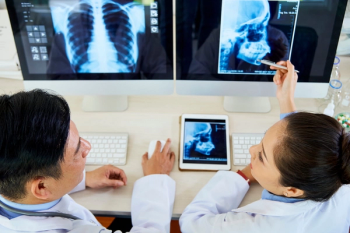
Proactive approaches to training, compensation issues and staff feedback are hallmarks for engaging and retaining top radiology staff.

Proactive approaches to training, compensation issues and staff feedback are hallmarks for engaging and retaining top radiology staff.

Given a certain perception that calling out sick is frowned upon in health care, radiologists and other health care workers may feel conflicted about being absent even if an illness has reduced their capacity for getting work done on a given day.

A prospective employer’s willingness or unwillingness to negotiate notice periods in a contact may signal the difference between a worthwhile opportunity and a one-way, dead-end job.

Catch up on the top radiology content of the past week.
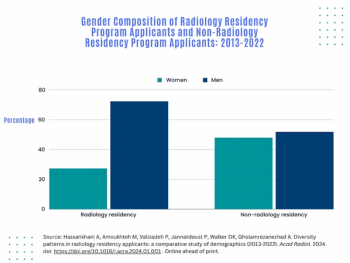
The proportion of women applying to radiology residency programs was nearly 21 percent lower than the proportion of women applying to other residency programs, according to a review of 10 years of residency program data from 2013 to 2022.

Going beyond the humdrum, eye roll-inducing platitudes of orientation training may foster improved attention and adherence to training priorities such as cybersecurity.

Is it time to rethink the burden of applicant fees, credentialing costs and medical staff dues?
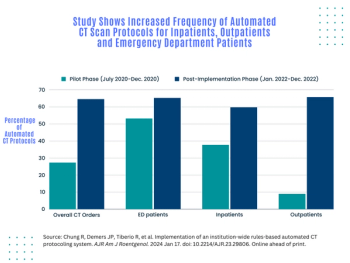
In a nearly two-year study of over 300,000 CT exams, researchers noted a 56.8 percent increase in the frequency of automated CT protocols for outpatient CT examinations.

In a recently issued statement from multiple radiology societies including the RSNA and ACR, researchers offer practical advice for evaluating artificial intelligence (AI) tools, implementing AI into current workflows and monitoring of the technology to help ensure optimal benefit and effectiveness.
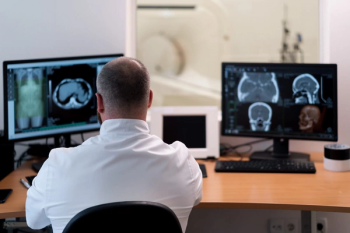
A singular database of current rules, guidelines and best practices in radiology would be a welcome advance to ensure ease of access, consistency, and proactive prevention of frivolous malpractice cases.
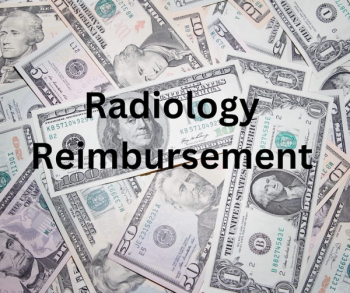
Given the ongoing challenges with receiving appropriate reimbursement in radiology, these authors discuss key principles in the coding and billing process, common challenges and three priorities for bolstering reimbursement revenue in the profession.
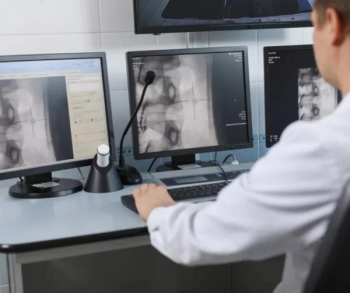
Is there a happy medium with “recommendations” for referring clinicians?

The ability to consider and comment on prior imaging in the radiology report may help reduce extraneous addenda requests.
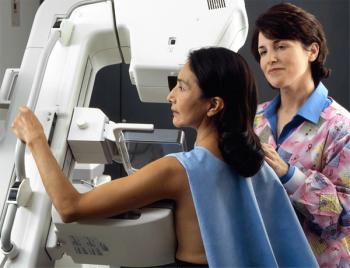
Incorporating text messaging into your mammography screening program may facilitate improved mammography screening rates in your patient population as well as enhanced practice management efficiencies.

While some may see a job applicant with multiple past employers as a job hopper, others may see an opportunity to hire a radiologist with diverse work experience.

I’ve long since learned that good faith is far more reliable than, say, contracts.

Catch up on the top radiology content of the past week.

Does access to prior imaging results have to be mission impossible for teleradiologists?

The controversial Independent Dispute Resolution (IDR) process of the No Surprises Act was temporarily suspended by the CMS on August 4 due to a federal court ruling that vacated a substantial administrative fee increase and batching rule from the CMS that reportedly curtailed challenges of claim reimbursement by radiologists and other providers.
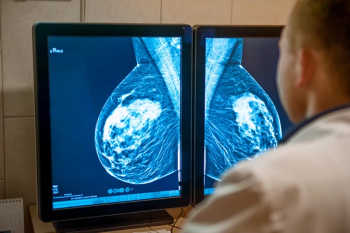
Reportedly the first randomized trial to examine the impact of artificial intelligence (AI) on screening mammography, researchers found AI-aided screening led to a 20 percent increase in breast cancer detection and a 44.3 percent decrease in mammography screening workload.
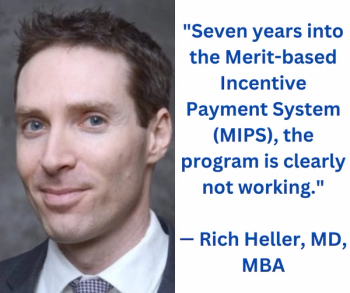
Noting that the Medicare conversion factor in 2024 could be lower than the rate in 1993, this author discusses three key issues that need to be addressed by government leaders in order to ensure equitable Medicare reimbursement for radiologists and other physicians.

Addressing ancillary repetitious inhibitors to radiology workflow could go a long way to mitigating burnout risk.
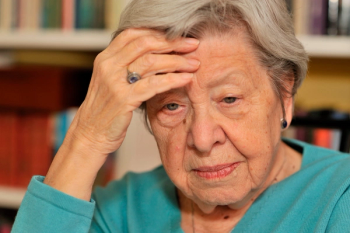
Recognizing the advent of beta amyloid-targeted therapies for the treatment of Alzheimer’s disease, the Centers for Medicare and Medicaid (CMS) has proposed eliminating coverage restrictions that limit amyloid positron emission tomography (PET) scans to clinical trial participants and one amyloid PET scan per lifetime.

The notion of non-physician practitioners (NPPs) attempting to do radiologist-level work is a very slippery slope and what this author refers to as the “bargaining” stage of grief.

Catch up on the top radiology content of the past week.

Noting recent double-digit increases in health-care associated infections (HAIs) and potential vulnerabilities in radiology departments, this author emphasizes proactive preventive measures to protect patients and staff.

In a retrospective review of over 110 million imaging claims for patients with commercial insurance or Medicare Advantage, researchers noted key trends signaling significant increases in imaging billed by non-physician practitioners (NPPs).
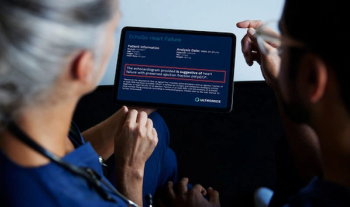
An artificial intelligence (AI)-enabled platform that can reportedly diagnose heart failure with preserved ejection fraction (HFpEF) through analysis of a single echocardiogram view, the EchoGo Heart Failure now has a HCPCS code for use of the technology in outpatient settings for Medicare beneficiaries.

While some may equate extra work hours as honorable self-sacrifice or dedication to patients, striving for an optimal balance of life and work is an individual choice that shouldn’t be criticized.

Whether it’s attempting to get appropriate clinical histories from referring physicians or getting a tech to split up a multiphasic contrast study into separate image series, consistently striving to fight the good fight for optimal image interpretation is worth the effort.